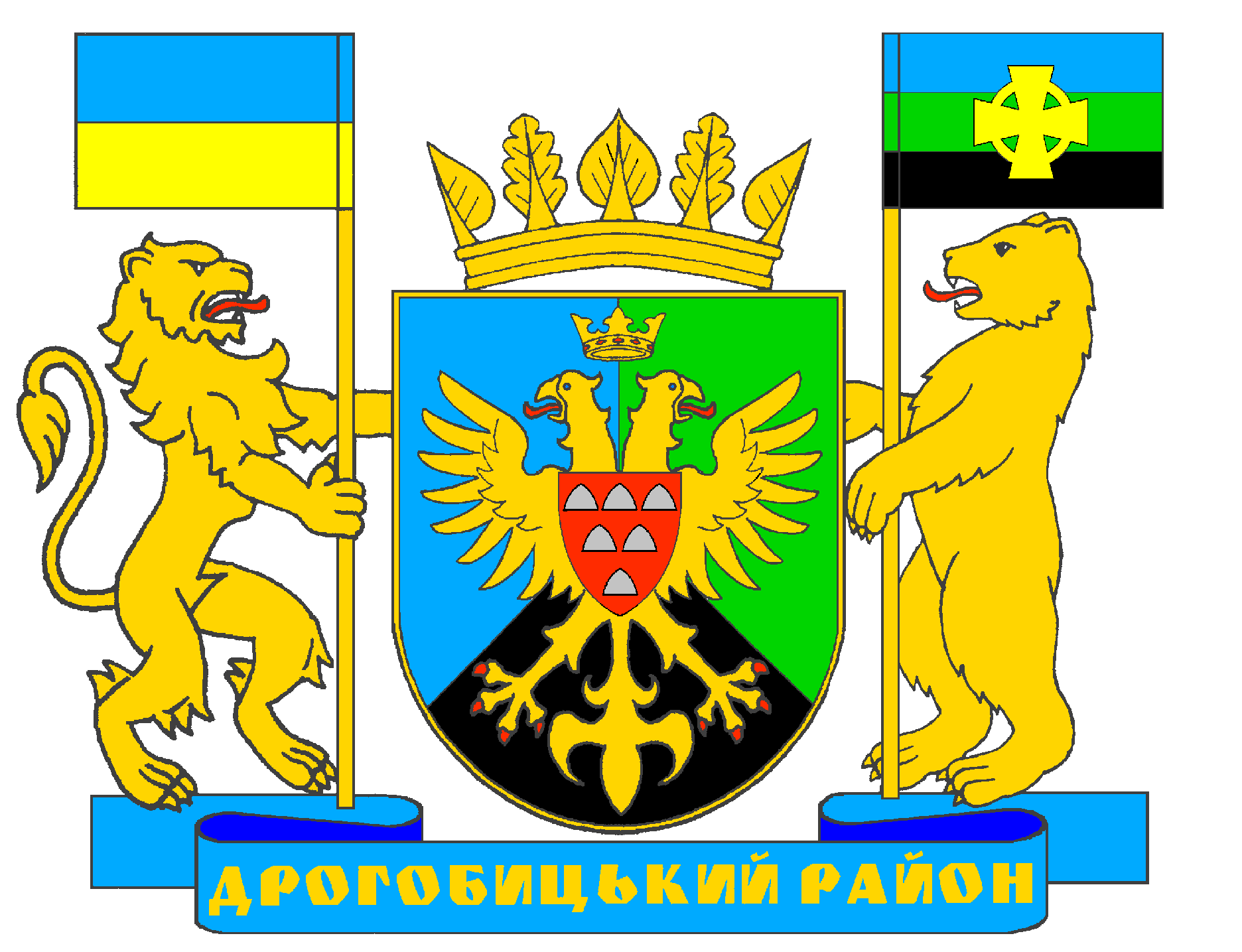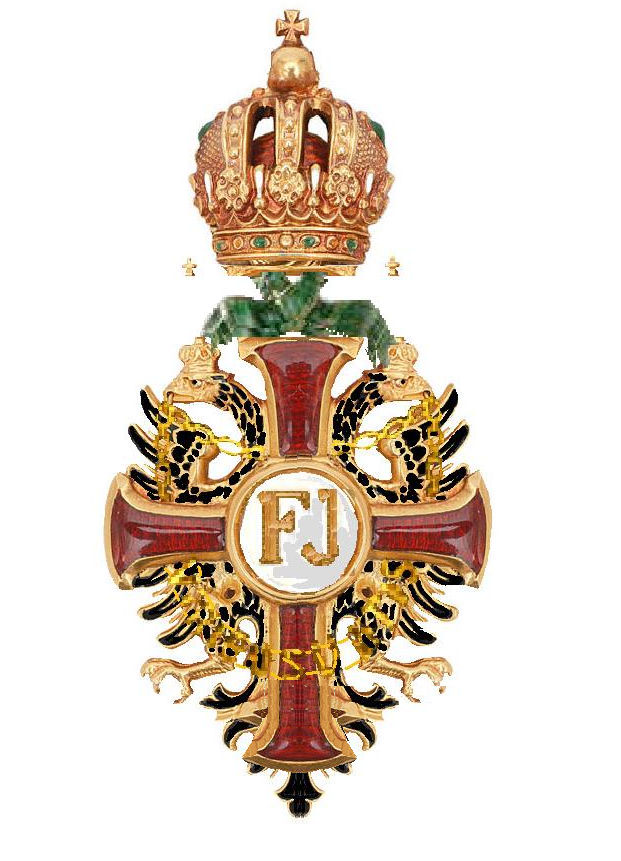|
Sielecki
Sielecki (plural: Sieleccy, feminine form: Sielecka) is a Polish surname, also of one of the noble (''szlachta'') families. It is derived from the village of Sielec (other), Sielec, of which many exist with that name in Poland, Ukraine and Belarus. As is typical with Polish surnames, if noble families exist with the same family name but are not related to each other, a coat of arms was assigned to them in order to differentiate between each other. A person with the surname Sielecki does therefore not necessarily have to be related to each other or even be noble. The Sielecki family from Sielec, Drohobych Raion were Eastern Catholics of the Byzantine rite, as well as Roman catholic, while there are other Sieleckis who are Jewish from places such as Lithuania and Belarus, many of whom live in Argentina and South America today. Skrebeciowicz de Sielecki Around 1650 King John II Casimir Vasa, John II Casimir awarded the Cossack Ataman Skrebeciowicz one half of the estate ... [...More Info...] [...Related Items...] OR: [Wikipedia] [Google] [Baidu] |
Cyril Sielecki
Kyrylo Seletskyi (ukr. Кирило Селецький, pol. ''Cyril Sielecki'' (29 April 1835 28 April 1918), was a Ukrainians, Ukrainian priest of the Greek Catholic Diocese of Przemyśl, and an educational and social activist. He was the founder of the religious congregations of the Sisters Servants of Mary Immaculate, as well as the Sisters of Saint Joseph. He was recognized as a servant of God. Biography He was born in Podbuż, in east Galicia (Eastern Europe), Galicia, Austrian Empire, now Pidbuzh, Drohobych Raion, Lviv Oblast, Ukraine. He came from the aristocratic Sielecki, Seletskyi (pol. Sieleccy) family. His father, Mykhailo, was a teacher, and his mother, Ivanna, took care of the children. Starting in 1843, the family lived in Sambor (now Sambir), where Kyrylo graduated from elementary school and middle school and completed high school. He then joined the General Seminary in Lviv and thus began to study theology at Lviv University. After three years of residence i ... [...More Info...] [...Related Items...] OR: [Wikipedia] [Google] [Baidu] |
Sielec, Drohobych Raion
Selets ( uk, Селець, Selets, pl, Sielec) is a village about 13.5 kilometers southeast of Sambir within Drohobych Raion of Lviv Oblast in western Ukraine. It belongs to Drohobych urban hromada, one of the hromadas of Ukraine. The village was founded probably in the 15th century CE. To the north lies the village and forest of Side ( Сіде), to the east Horodyshche ( Городище), to the south Mokriany ( Мокряни) and to the west Vilshanyk ( Вільшаник). Geographically, the area lies in the Dniester river basin, to which the Bystrytsia ( Бистриця) and the Cherkhavka ( Черхавка) rivers are tributaries. Together with the villages of Kotovane ( Котоване) and Stupnytsia ( Ступниця), it administratively forms a local village council. History The village was first mentioned in 1538 in a document from 1559. King Michał Korybut Wiśniowiecki established the parish between 1669 and 1673, during which time a royal chur ... [...More Info...] [...Related Items...] OR: [Wikipedia] [Google] [Baidu] |
Sielec 008b
Sielec may refer to the following places: Belarus *Sialiec, Biaroza Raion (western Belarus) Poland * Sielec, Inowrocław County, Kuyavian-Pomeranian Voivodeship (north-central Poland) * Sielec, Żnin County, Kuyavian-Pomeranian Voivodeship (north-central Poland) * Sielec, Gmina Opoczno, Łódź Voivodeship (central Poland) * Sielec, Gmina Żarnów, Łódź Voivodeship (central Poland) * Sielec, Lublin Voivodeship (east Poland) * Sielec, Grójec County, Masovian Voivodeship (east-central Poland) * Sielec, Płońsk County, Masovian Voivodeship (east-central Poland) * Sielec, Tarnobrzeg, Podkarpackie Voivodeship * Sielec, Podkarpackie Voivodeship * Sielec, Subcarpathian Voivodeship (south-east Poland) * Sielec, Busko County, Świętokrzyskie Voivodeship (south-central Poland) *Sielec, Jędrzejów County, Świętokrzyskie Voivodeship (south-central Poland) * Sielec, Staszów County, Świętokrzyskie Voivodeship (south-central Poland) * Sielec-Kolonia, Świętokrzyskie Voivodeship ... [...More Info...] [...Related Items...] OR: [Wikipedia] [Google] [Baidu] |
Sielec (other)
Sielec may refer to the following places: Belarus * Sialiec, Biaroza Raion (western Belarus) Poland * Sielec, Inowrocław County, Kuyavian-Pomeranian Voivodeship (north-central Poland) *Sielec, Żnin County, Kuyavian-Pomeranian Voivodeship (north-central Poland) * Sielec, Gmina Opoczno, Łódź Voivodeship (central Poland) * Sielec, Gmina Żarnów, Łódź Voivodeship (central Poland) * Sielec, Lublin Voivodeship (east Poland) * Sielec, Grójec County, Masovian Voivodeship (east-central Poland) *Sielec, Płońsk County, Masovian Voivodeship (east-central Poland) * Sielec, Tarnobrzeg, Podkarpackie Voivodeship * Sielec, Podkarpackie Voivodeship *Sielec, Subcarpathian Voivodeship (south-east Poland) *Sielec, Busko County, Świętokrzyskie Voivodeship (south-central Poland) *Sielec, Jędrzejów County, Świętokrzyskie Voivodeship (south-central Poland) * Sielec, Staszów County, Świętokrzyskie Voivodeship (south-central Poland) * Sielec-Kolonia, Świętokrzyskie Voivodeship Uk ... [...More Info...] [...Related Items...] OR: [Wikipedia] [Google] [Baidu] |
Khmelnytsky Uprising
The Khmelnytsky Uprising,; in Ukraine known as Khmelʹnychchyna or uk, повстання Богдана Хмельницького; lt, Chmelnickio sukilimas; Belarusian language, Belarusian: Паўстанне Багдана Хмяльніцкага; russian: восстание Богдана Хмельницкого also known as the Cossack–Polish War, the Chmielnicki Uprising, the Khmelnytsky massacre or the Khmelnytsky insurrection, was a Cossack rebellion that took place between 1648 and 1657 in the eastern territories of the Polish–Lithuanian Commonwealth, which led to the creation of a Cossack Hetmanate in Ukraine. Under the command of Hetman Bohdan Khmelnytsky, the Zaporozhian Cossacks, allied with the Crimean Tatars and local Ukrainian peasantry, fought against Polish domination and Commonwealth forces. The insurgency was accompanied by mass atrocities committed by Cossacks against the civilian population, especially against the Catholic Church, Roman Catholic cl ... [...More Info...] [...Related Items...] OR: [Wikipedia] [Google] [Baidu] |
Austrian Partition
The Austrian Partition ( pl, zabór austriacki) comprise the former territories of the Polish–Lithuanian Commonwealth acquired by the Habsburg monarchy during the Partitions of Poland in the late 18th century. The three partition (politics), partitions were conducted jointly by the Russian Empire, the Kingdom of Prussia and Austria-Hungary, Habsburg Austria, resulting in the complete Annexation, elimination of the Crown of the Kingdom of Poland, Polish Crown. Austria acquired Polish lands during the First Partition of Poland, First Partition of 1772, and Third Partition of Poland in 1795. In the end, the Austrian sector encompassed the second-largest share of the Commonwealth's population after Russia; over 2.65 million people living on 128,900 km2 (49,800 sq mi) of land constituting formerly south-central part of the Republic. History The territories acquired by Austrian Empire (later the Austro-Hungarian Empire) during the First Partition of Poland, First Partition inclu ... [...More Info...] [...Related Items...] OR: [Wikipedia] [Google] [Baidu] |
Vienna
en, Viennese , iso_code = AT-9 , registration_plate = W , postal_code_type = Postal code , postal_code = , timezone = CET , utc_offset = +1 , timezone_DST = CEST , utc_offset_DST = +2 , blank_name = Vehicle registration , blank_info = W , blank1_name = GDP , blank1_info = € 96.5 billion (2020) , blank2_name = GDP per capita , blank2_info = € 50,400 (2020) , blank_name_sec1 = HDI (2019) , blank_info_sec1 = 0.947 · 1st of 9 , blank3_name = Seats in the Federal Council , blank3_info = , blank_name_sec2 = GeoTLD , blank_info_sec2 = .wien , website = , footnotes = , image_blank_emblem = Wien logo.svg , blank_emblem_size = Vienna ( ; german: Wien ; ba ... [...More Info...] [...Related Items...] OR: [Wikipedia] [Google] [Baidu] |
Ritter
Ritter (German for "knight") is a designation used as a title of nobility in German-speaking areas. Traditionally it denotes the second-lowest rank within the nobility, standing above "Edler" and below "Freiherr" (Baron). As with most titles and designations within the nobility in German-speaking areas, the rank was hereditary and generally was used with the nobiliary particle of von or zu before a family name. For its historical association with warfare and the landed gentry in the Middle Ages, the title of Ritter can be considered roughly equal to the titles of "Knight", but it is hereditary like the British title of "Baronet". The wife of a Ritter was called a "Frau" (in this sense "Lady") and not Ritterin. In heraldry, from the late 18th century a Ritter was often indicated by the use of a coronet with five points, although not everyone who was a Ritter and displayed arms made use of such a coronet. In the Austrian Empire and Austria-Hungary the title of "Ritter von" was ... [...More Info...] [...Related Items...] OR: [Wikipedia] [Google] [Baidu] |
Papal Chamberlain
A Papal Gentleman, also called a Gentleman of His Holiness, is a lay attendant of the pope and his papal household in Vatican City. Papal gentlemen serve in the Apostolic Palace near St. Peter's Basilica in ceremonial positions, such as escorting dignitaries during state visits and other important occasions. It is a local name for the old court position of valet de chambre. To be appointed is an honor. The appointee is an unpaid volunteer. History Papal Chamberlain was prior to 1968 a court title given by the pope to high-ranking clergy as well as laypersons, usually members of prominent Italian noble families. [...More Info...] [...Related Items...] OR: [Wikipedia] [Google] [Baidu] |
Sas Coat Of Arms
Sas or Szász (origin: Slavic for "Saxon", Polish: ''Sas'', Hungarian: ''Szász'', Romanian: ''Saș'', Ukrainian: ''Сас'') is a Central European coat of arms. It was borne since the medieval period by several Transylvanian-Saxon Hungarian, Ruthenian, Ukrainian,Herby rycerstwa polskiego (English ''Coat of Arms of Polish Nobility''), Author: Bartosz Paprocki, Publisher: Biblioteka Polska, 1584 Kraków, reprinted 1858 Kraków, reprinted 1982 Warsaw, p. 695-697 (in Polish)/ref>ORBIS POLONUS, Tom III, (Simple English ''Armorial of Polish nobility, Volume 3''), Author: Szymon Okolski, 1641–43, Kraków, p. 195-202 (in Latin), p. 207-214 digital/ref> The house was once a mighty princely and ducal house with origins in Saxony, Transylvania, Hungary and Ruthenia. History Ancient Polish-Lithuanian historians like Szymon Okolski say that the origin of these arms is derived from Saxony, where during the mid-12th century King Géza II of Hungary invited Germanic peoples of Saxony t ... [...More Info...] [...Related Items...] OR: [Wikipedia] [Google] [Baidu] |
Order Of Franz Joseph
The Imperial Austrian Order of Franz Joseph (german: Kaiserlich-Österreichischer Franz-Joseph-Orden) was founded by Emperor Franz Joseph I of Austria on 2 December 1849, on the first anniversary of his accession to the imperial throne. Classes The order was originally awarded in three classes: ''Grand Cross,'' ''Commander's Cross,'' and ''Knight's Cross.'' In 1869, the class of ''Commander with Star'' was added, which ranked immediately below the Grand Cross. The ''Officer's Cross'', which ranked between Commander and Knight, was introduced on 1 February 1901. The order ceased to exist as a governmental award with the dissolution of the Austro-Hungarian Empire in 1918. It was not re-established with the foundation of the Republic of Austria. However, it remains active as a dynastic order of the House of Habsburg. Description Knights wore the decoration suspended from a triangular ribbon on the left breast. Officers wore it on the left breast without a ribbon. Commanders wore ... [...More Info...] [...Related Items...] OR: [Wikipedia] [Google] [Baidu] |



